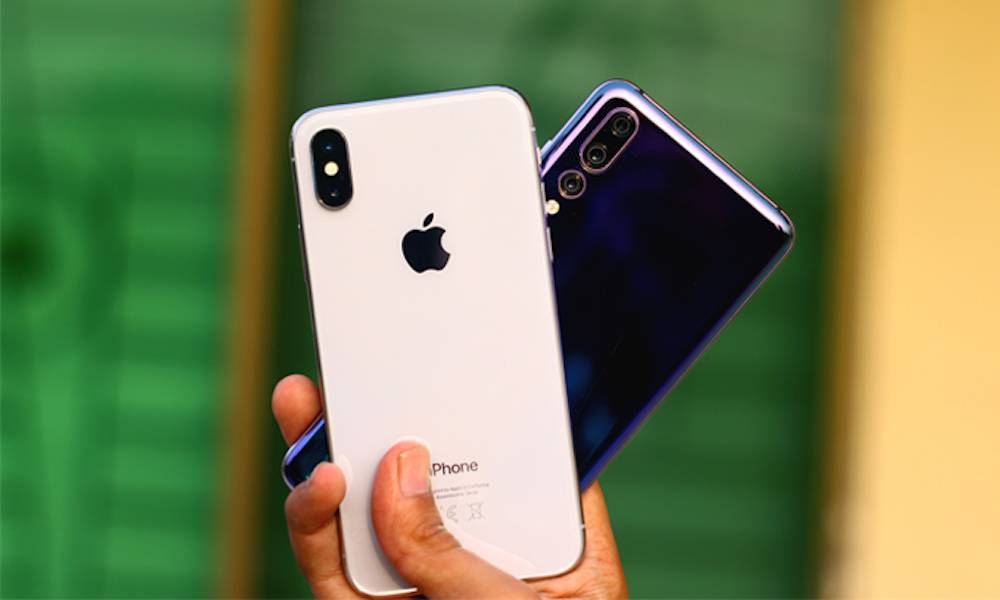Huawei Overtakes Apple in Smartphone Sales for the First Time
 Credit: Tech Juice
Credit: Tech Juice
Toggle Dark Mode
Huawei has surpassed Apple for the first time to become the number two global smartphone vendor in the second quarter of 2018, according to new data.
The Chinese juggernaut shipped 54.2 million smartphones throughout the quarter, which lasted from April to June. That’s up 41 percent year-over-year, preliminary data from IDC shows, representing an additional 15.7 million smartphone shipped in Q2 2018 compared to Q2 2017.
Overall, Huawei accounted for 16 percent of the total smartphone market share, trailing behind South Korea-based Samsung, which had 21 percent. Apple came in third with 12 percent market share. Two other Chinese firms, Xiaomi and Oppo, rounded out the top five.
Chinese smartphone makers have enjoyed increasing influence as their own domestic market becomes even more critical to the global smartphone industry. In addition, China-based vendors have been expanding globally in recent years — though most have failed to gain a foothold in the massive U.S. market.
Other analysis firms, like Canalys, Strategy Analytics, and IHS Markit, have provided data reports backing up IDC’s numbers.
What Happened to Apple?
Notably, this data also marks the first time in years that Apple has not been the first or second smartphone manufacturer in terms of market share. Historically, it has always competed with Samsung for that ranking.
In the second quarter, Apple shipped 41.3 million smartphones worldwide — a number it released itself in its latest earnings call. A year ago, Apple shipped 31 million smartphones. In other words, year-over-year shipments increased only by a small percentage.
But while Apple’s shipment growth remained relatively stagnant, the higher average selling price of its devices resulted in revenue growth. That allowed it to bring in a 20 percent increase in iPhone earnings last quarter compared to last year, thanks in large part to the iPhone X.
Of course, the second quarter is usually Apple’s weakest. New Apple handsets are typically debuted in the fall, which means that its latest 2017 lineup is already aging — which has resulted in a slowdown of sales and upgrades.
It’s very likely that Apple will regain some of its lost market share once it launches new flagship handsets at its annual fall keynote, alongside other devices. Even as Huawei grows, Apple may even overtake the firm to regain its ranking in global smartphone shipments.
As far as this year’s lineup, Apple is largely expected to debut three new iPhones: an OLED iPhone X successor, an OLED iPhone X Plus, and a lower-cost device with a 6.1-inch LCD display.
That last smartphone, which is rumored to retail in the $600 to $700 range, may prove to be especially important for the Cupertino tech giant.
Because of its lower prices point and premium features, it may allow Apple to better compete with its Android rivals in the mid-range smartphone market. Especially since it’s expected to sell extremely well.






